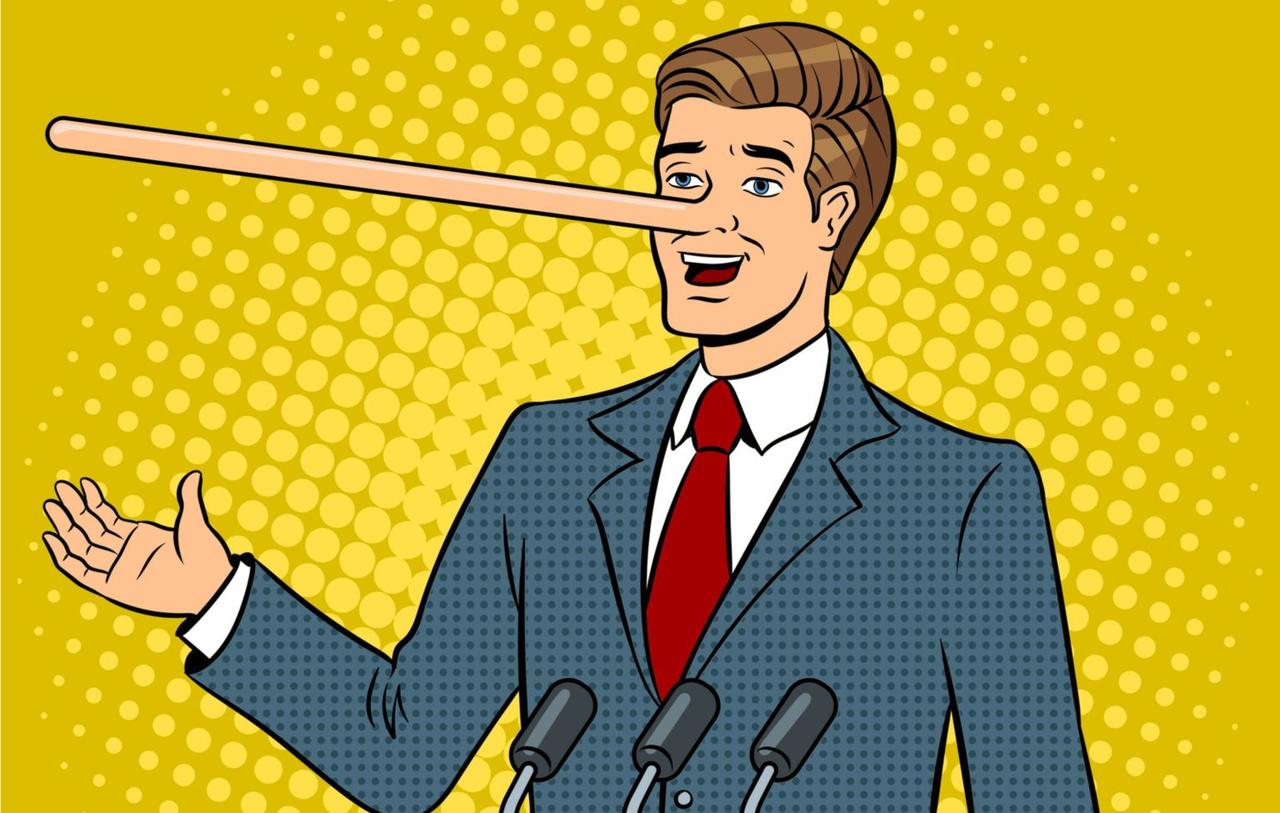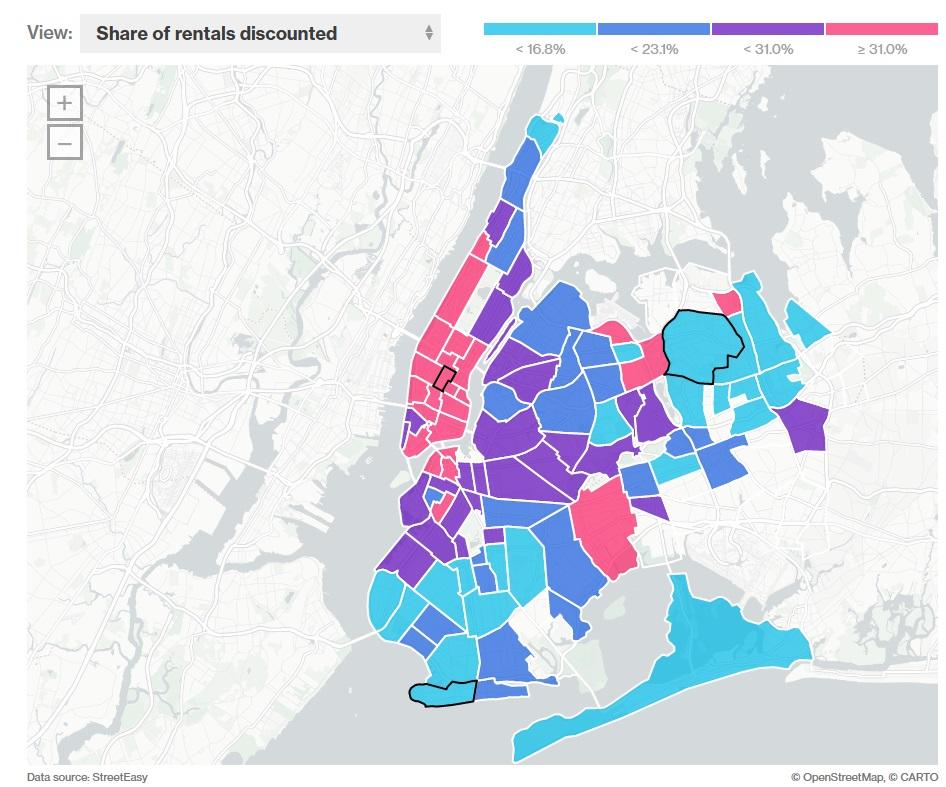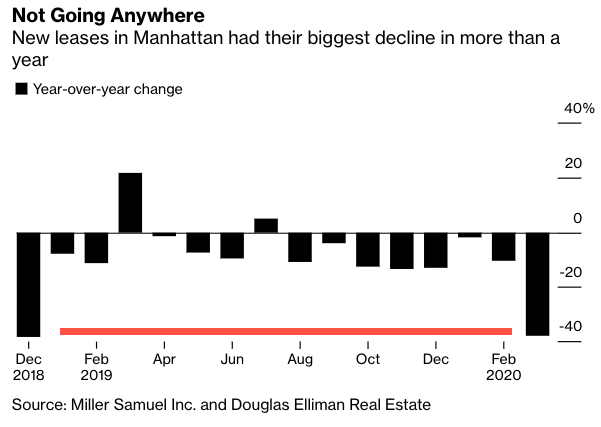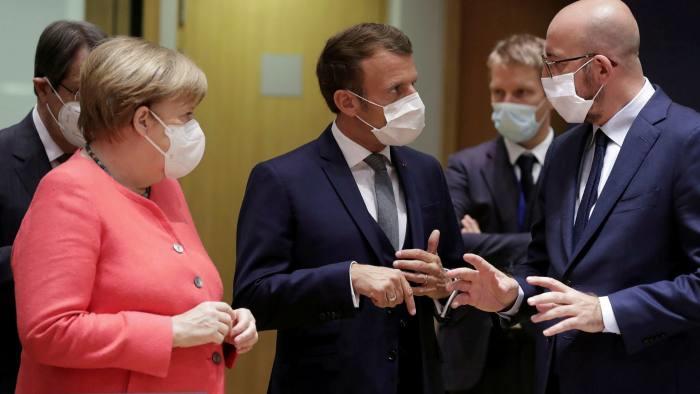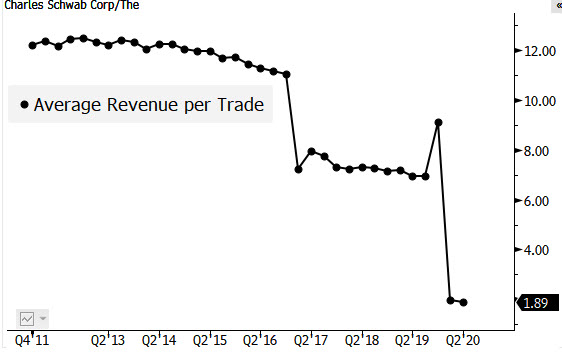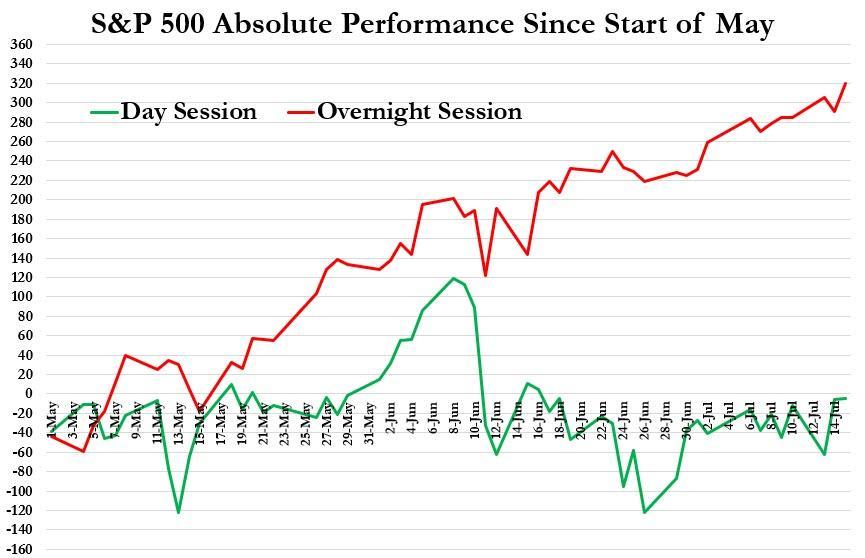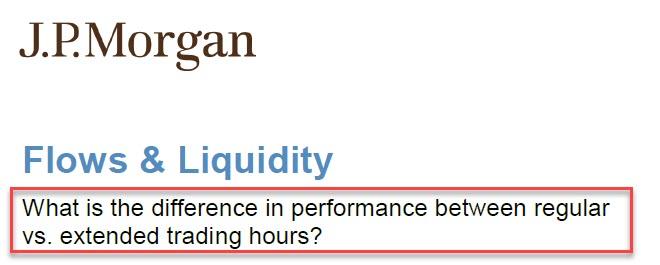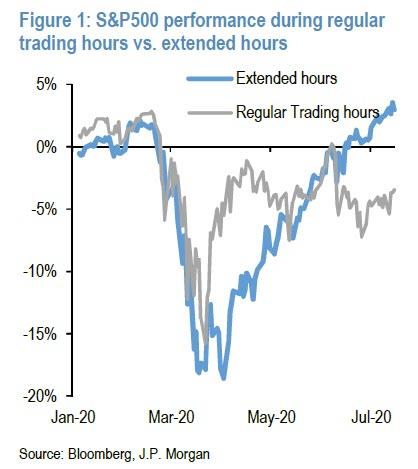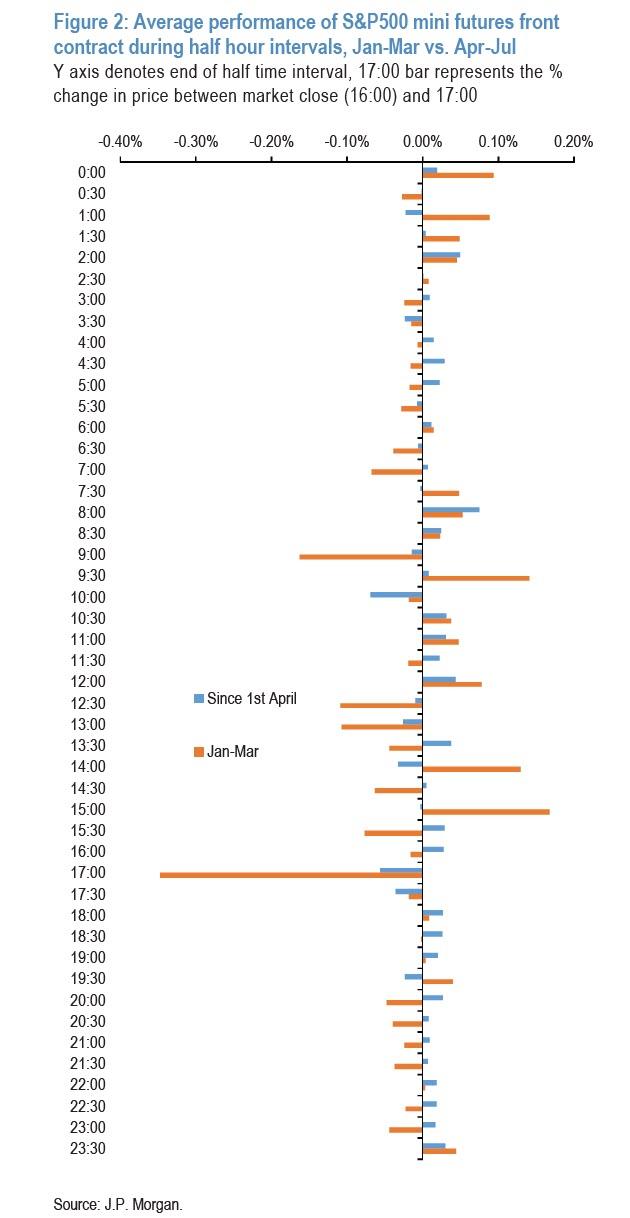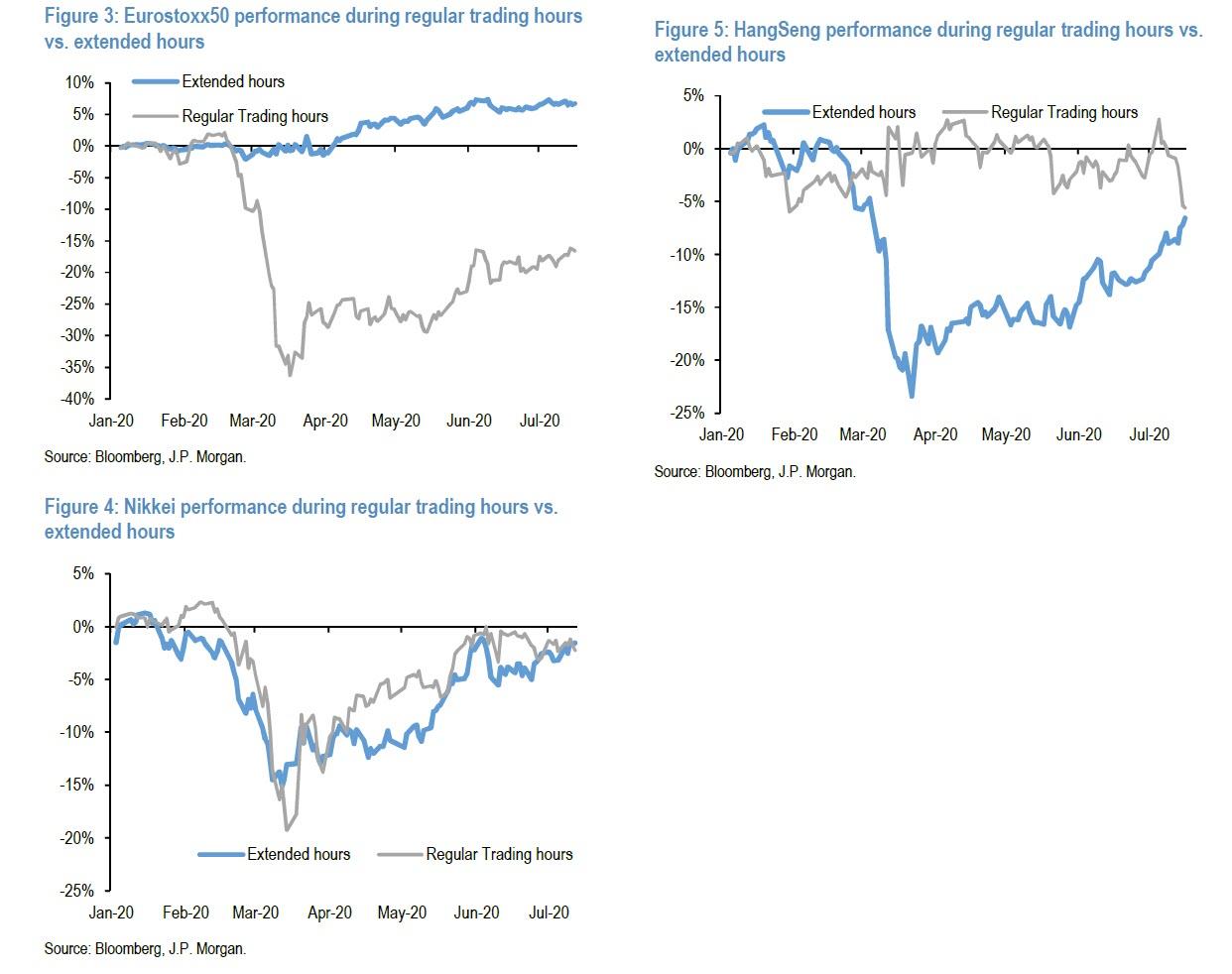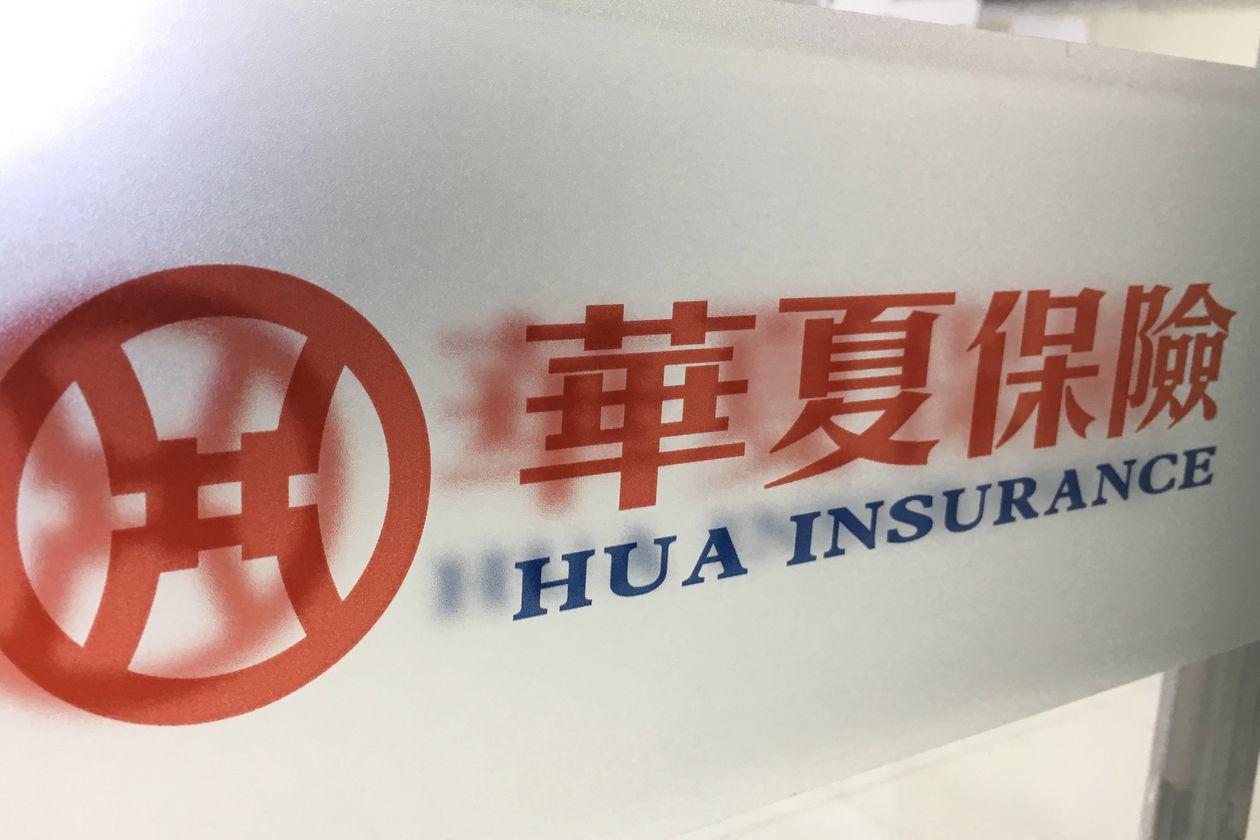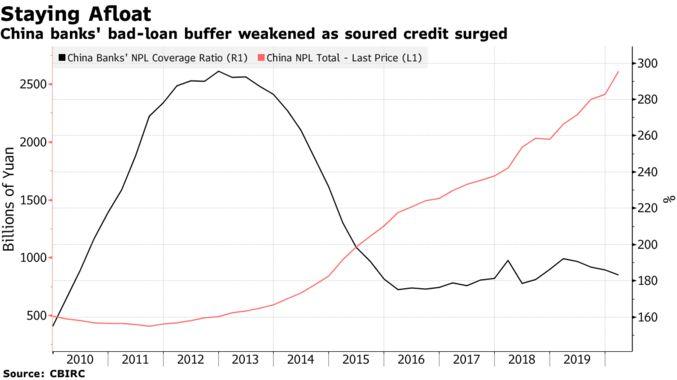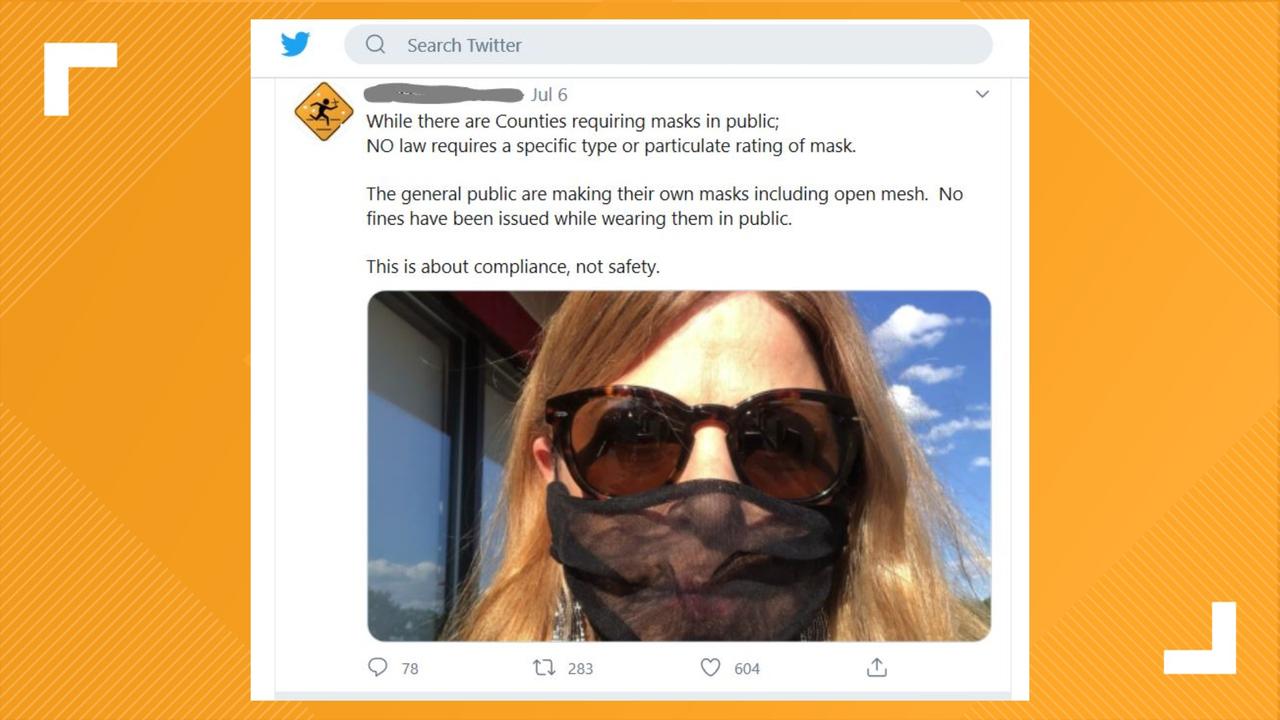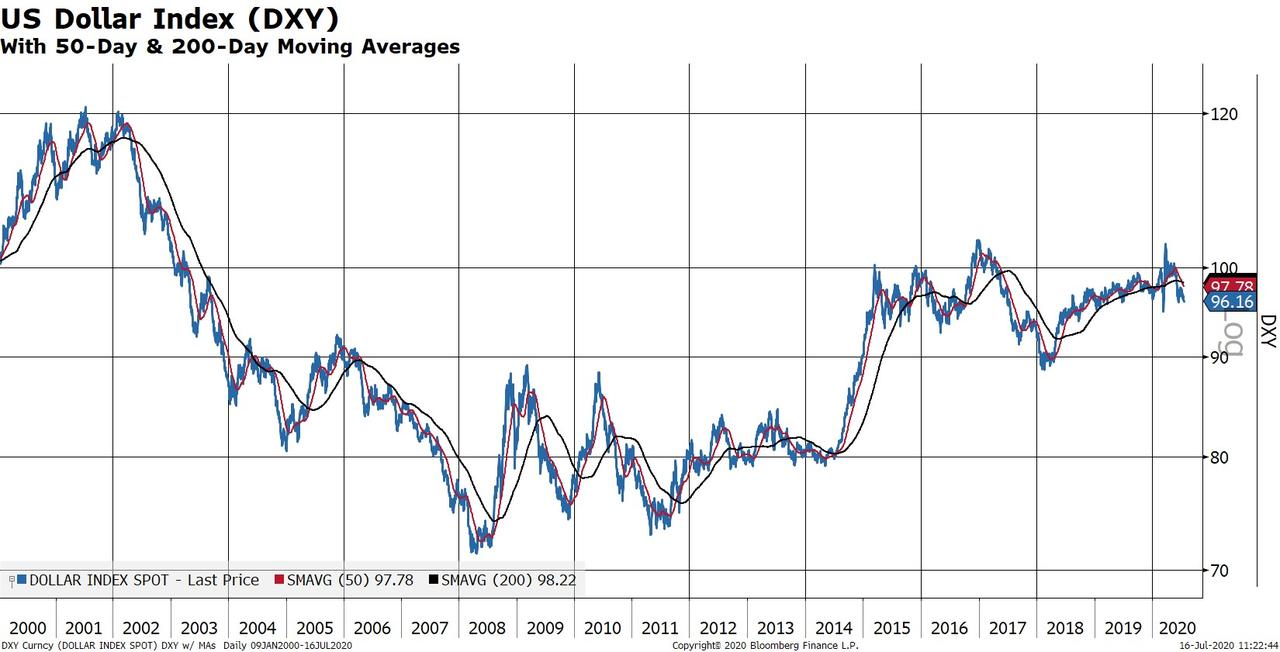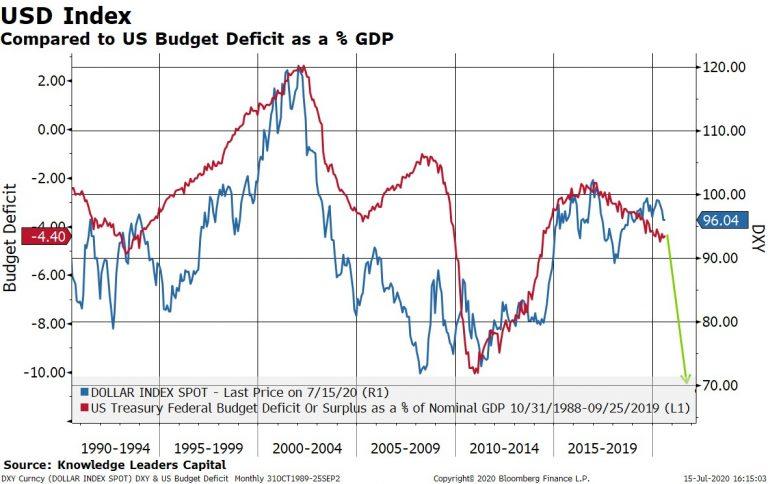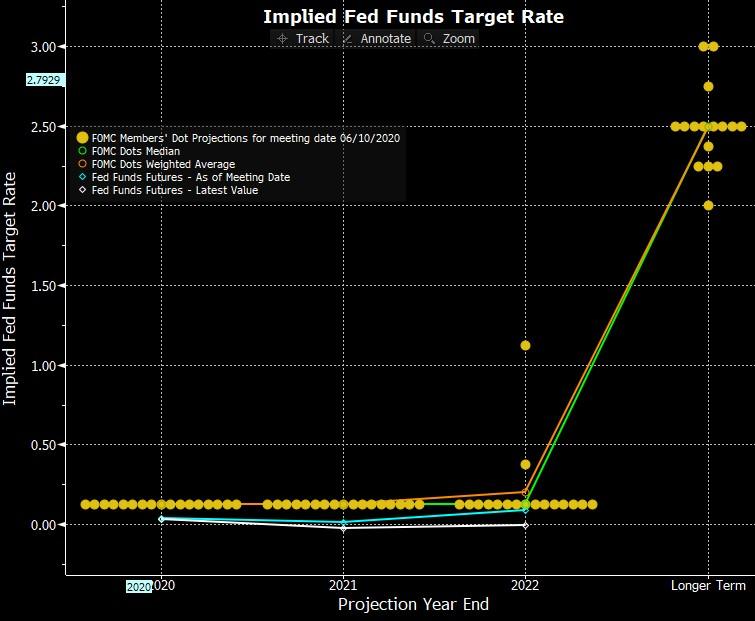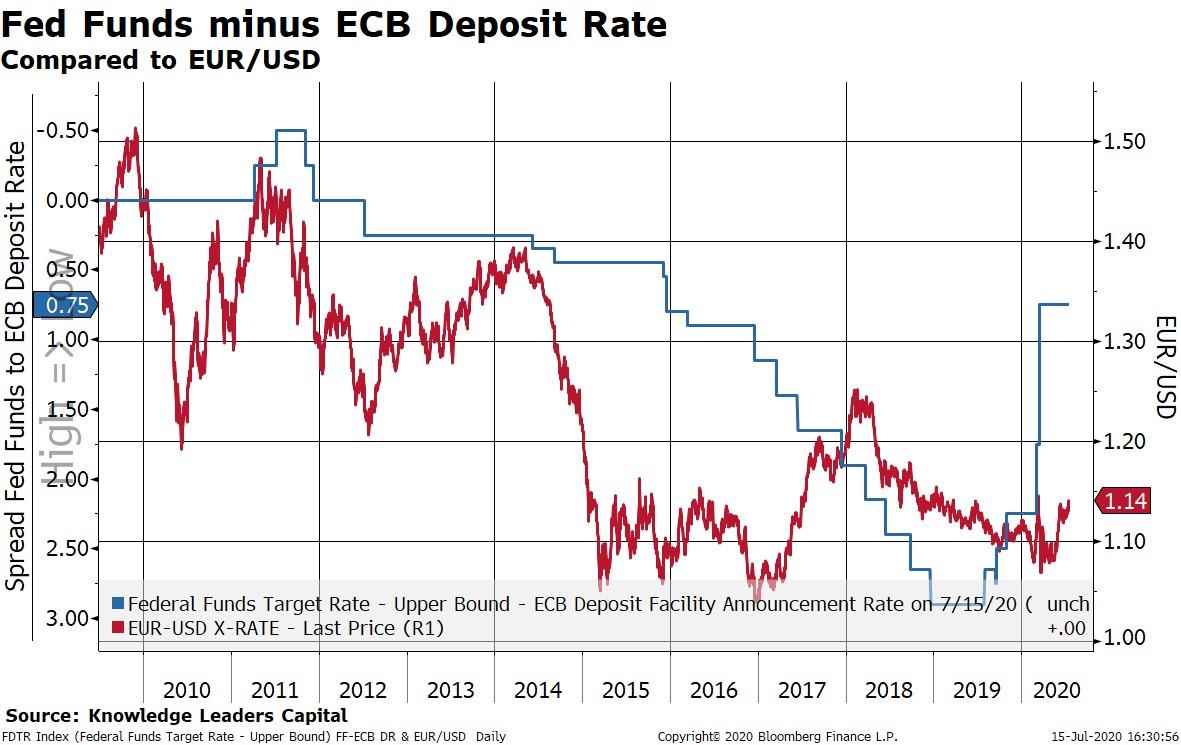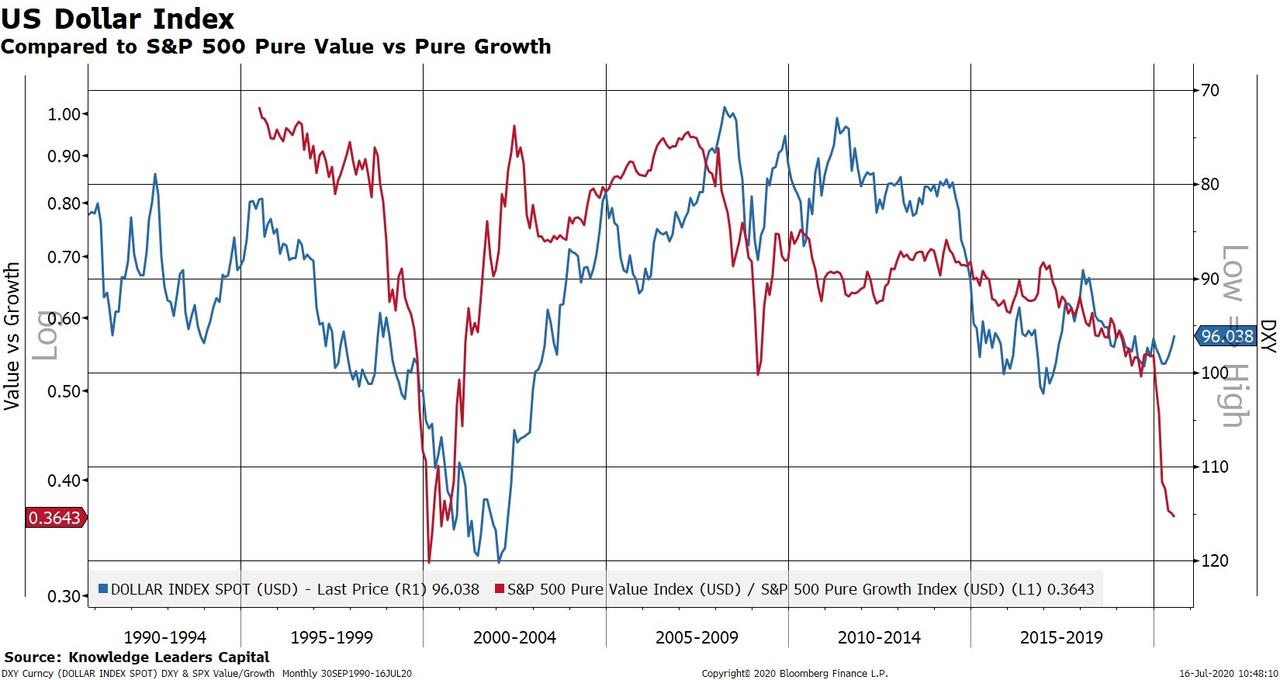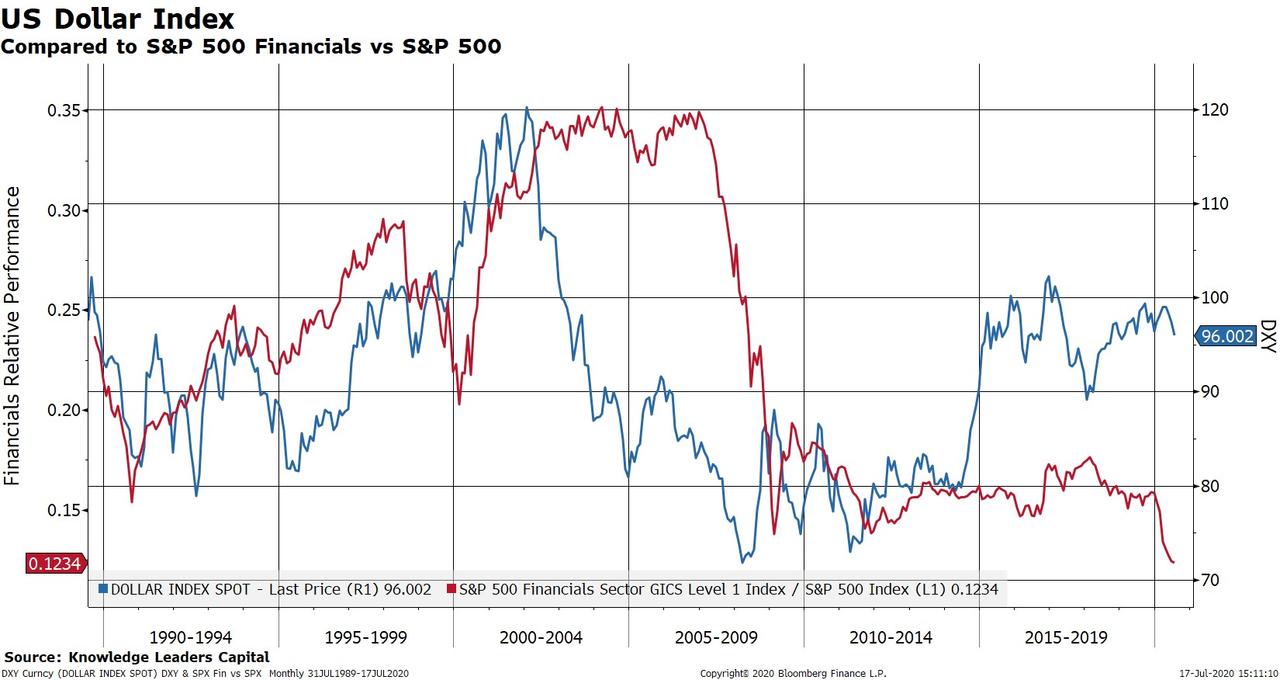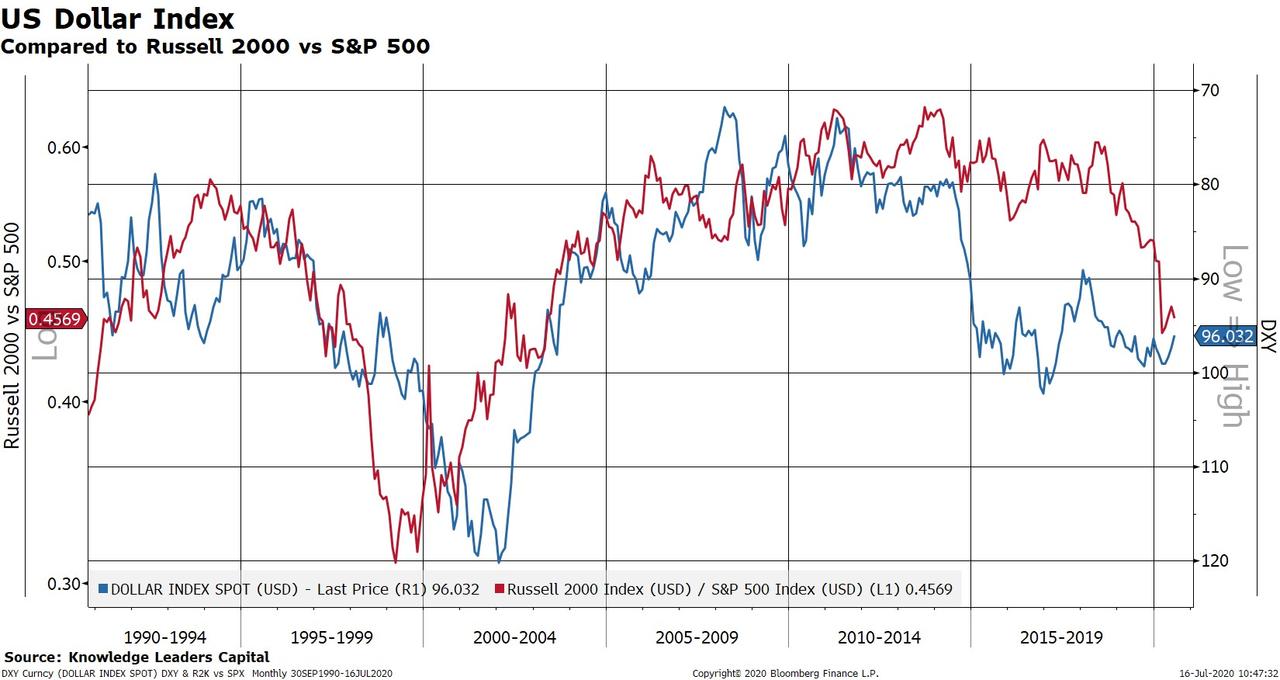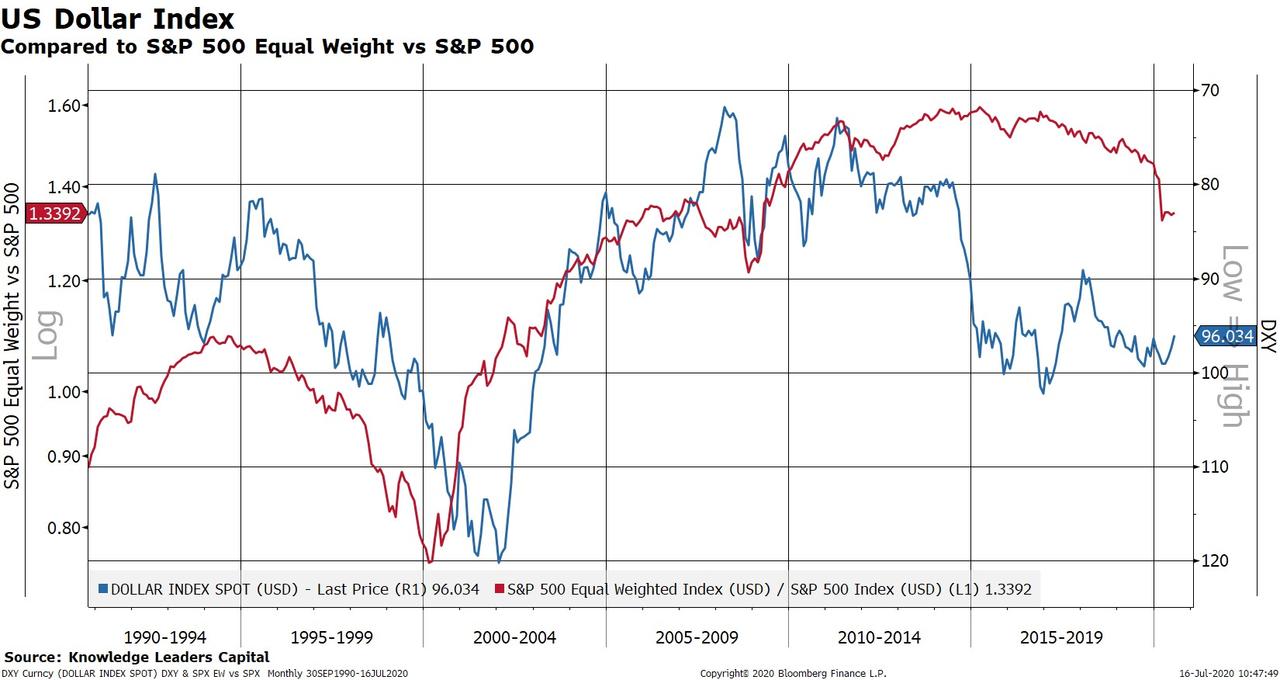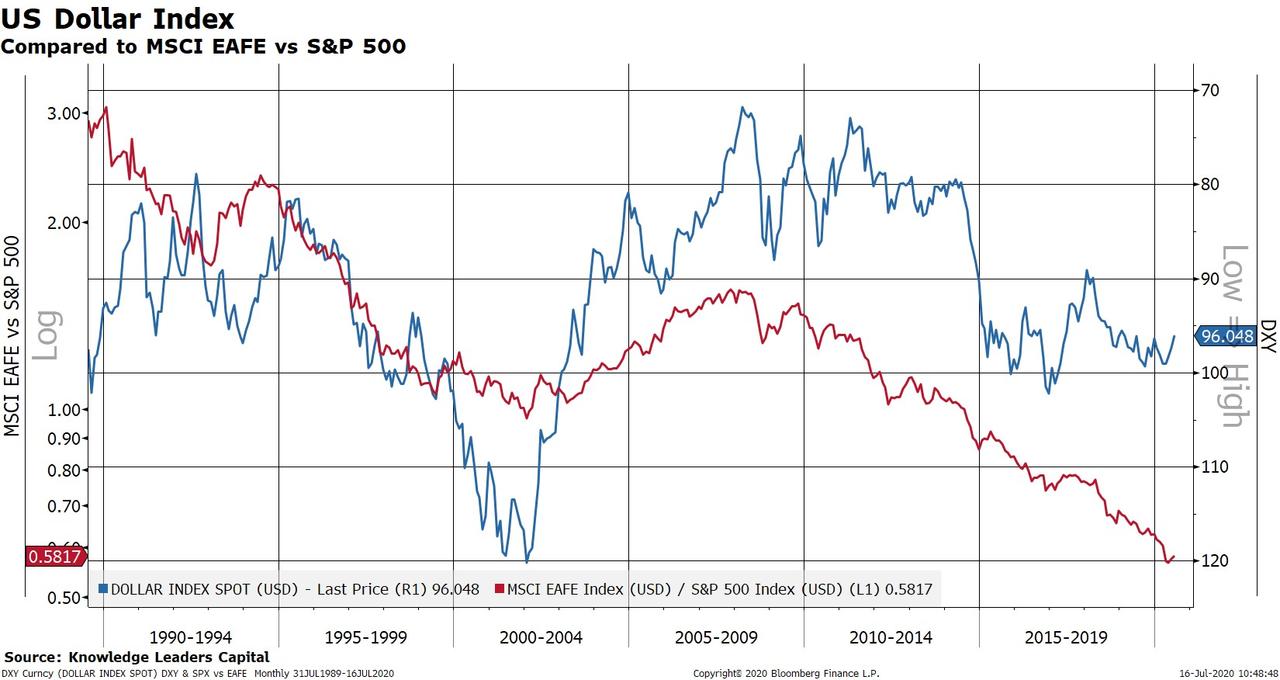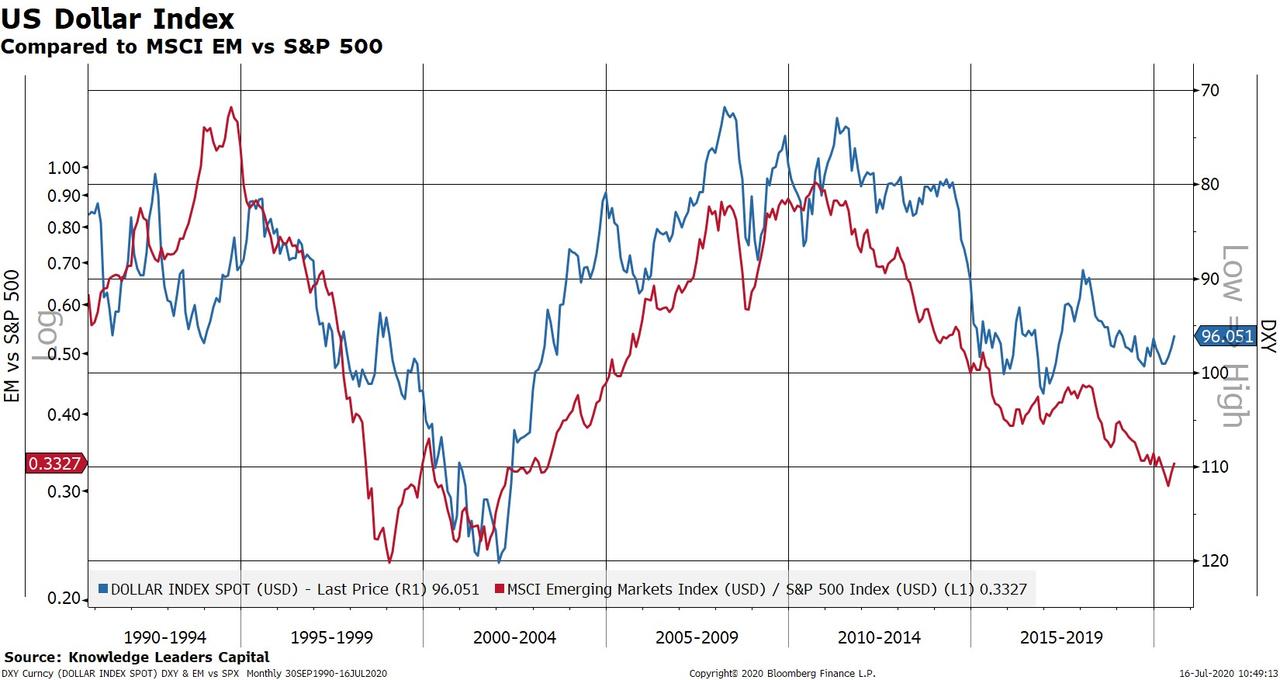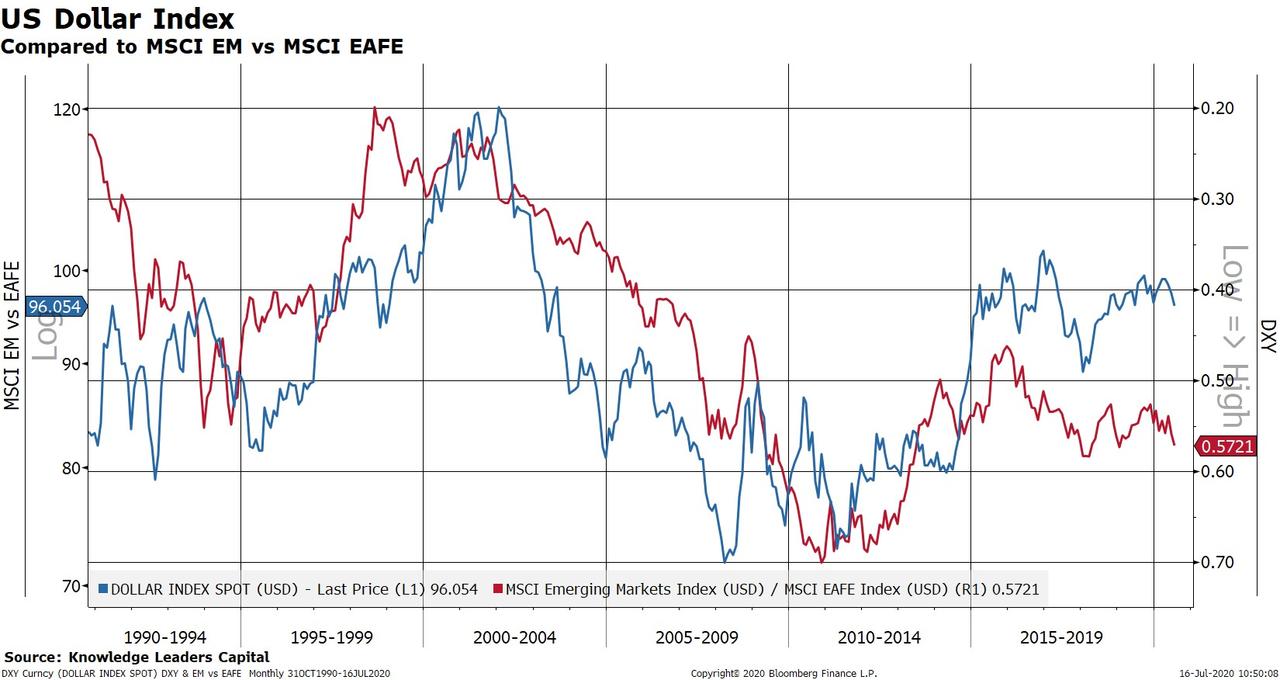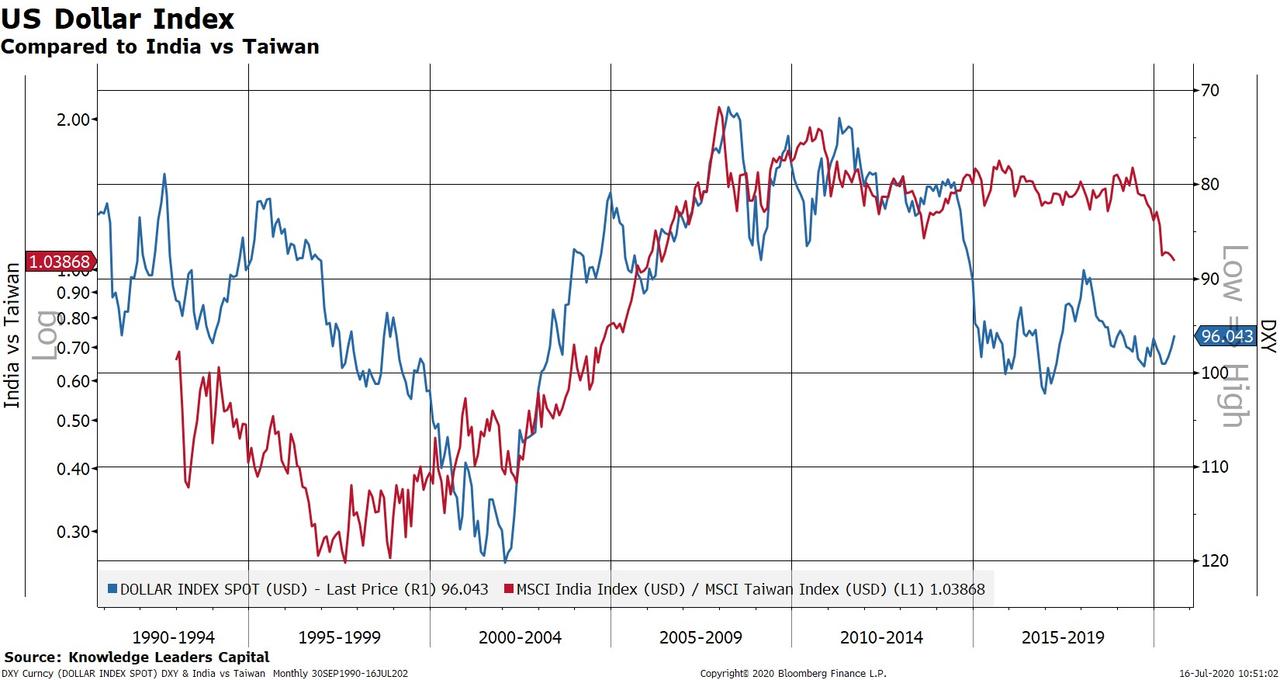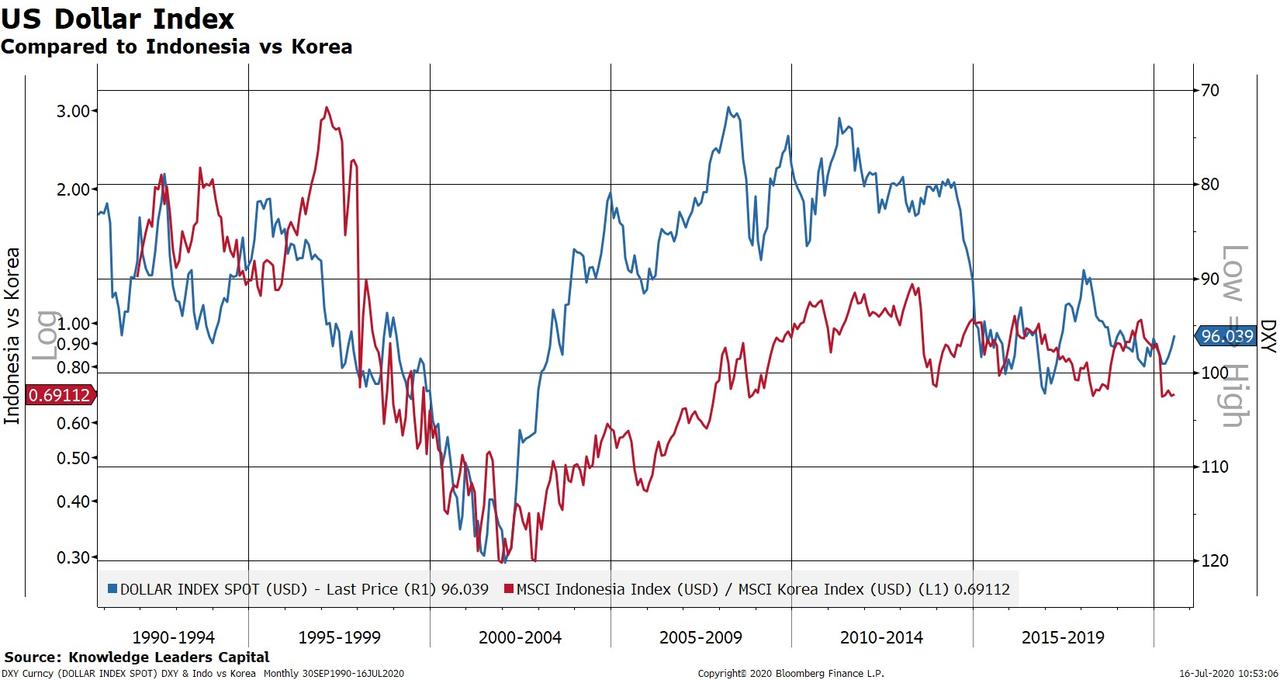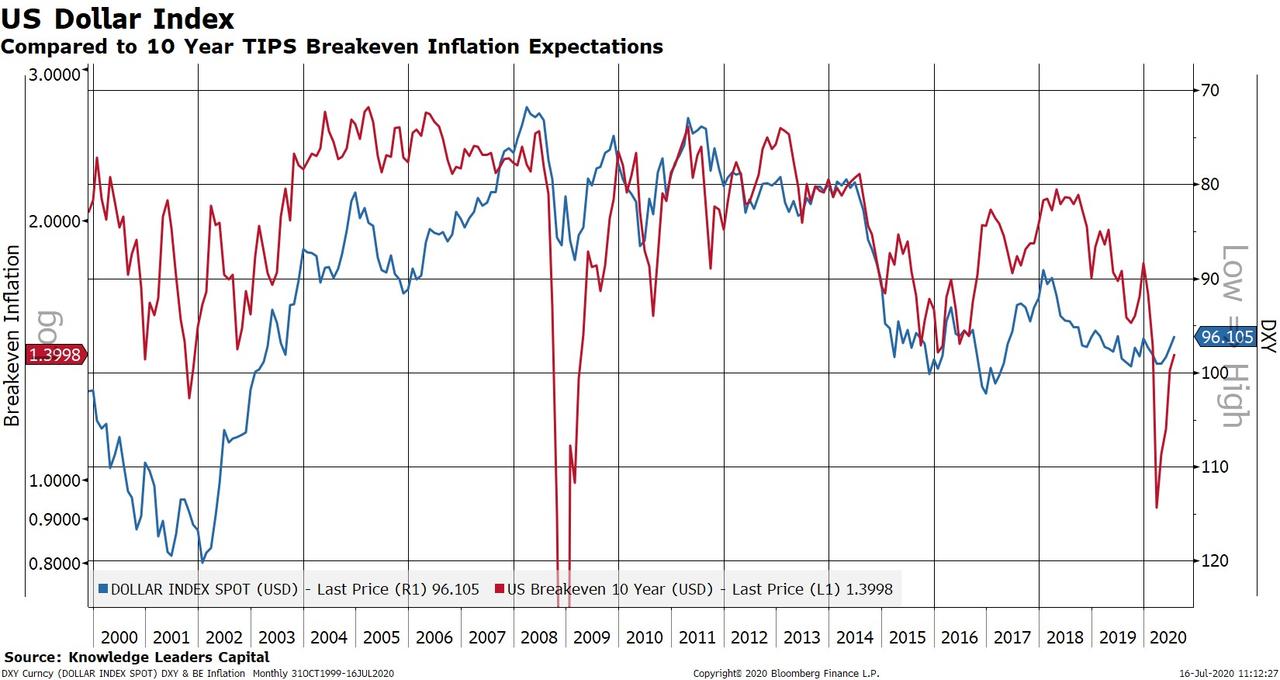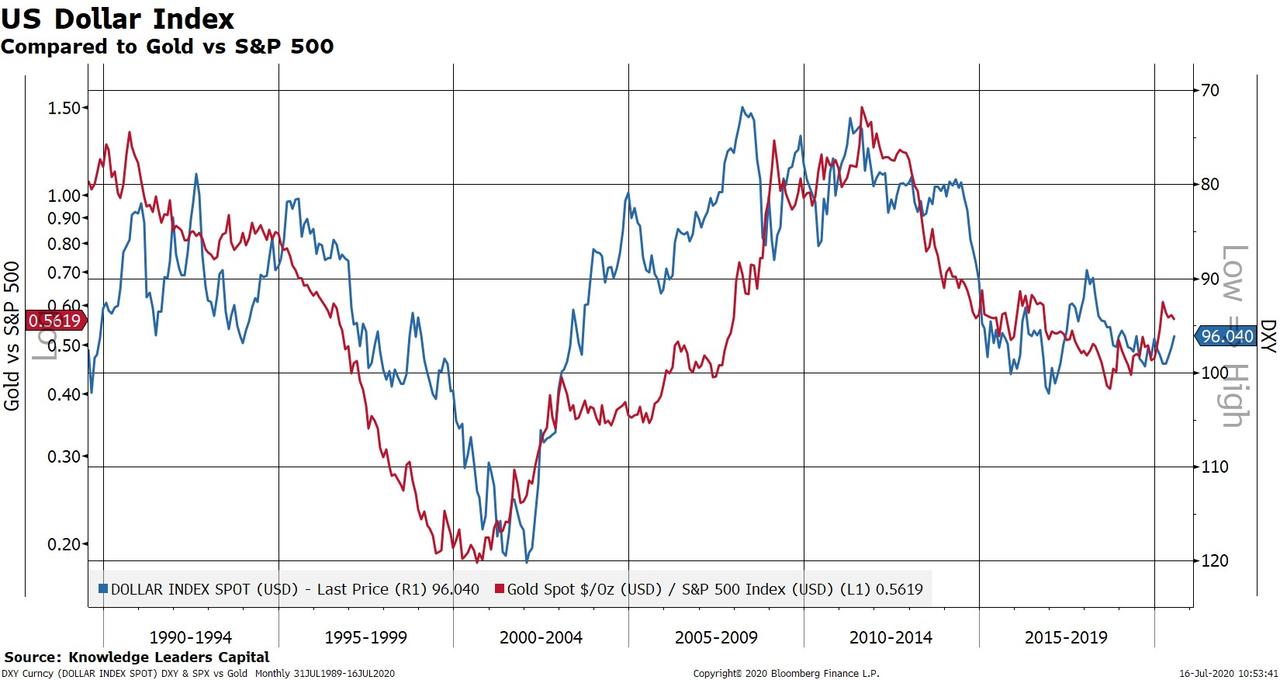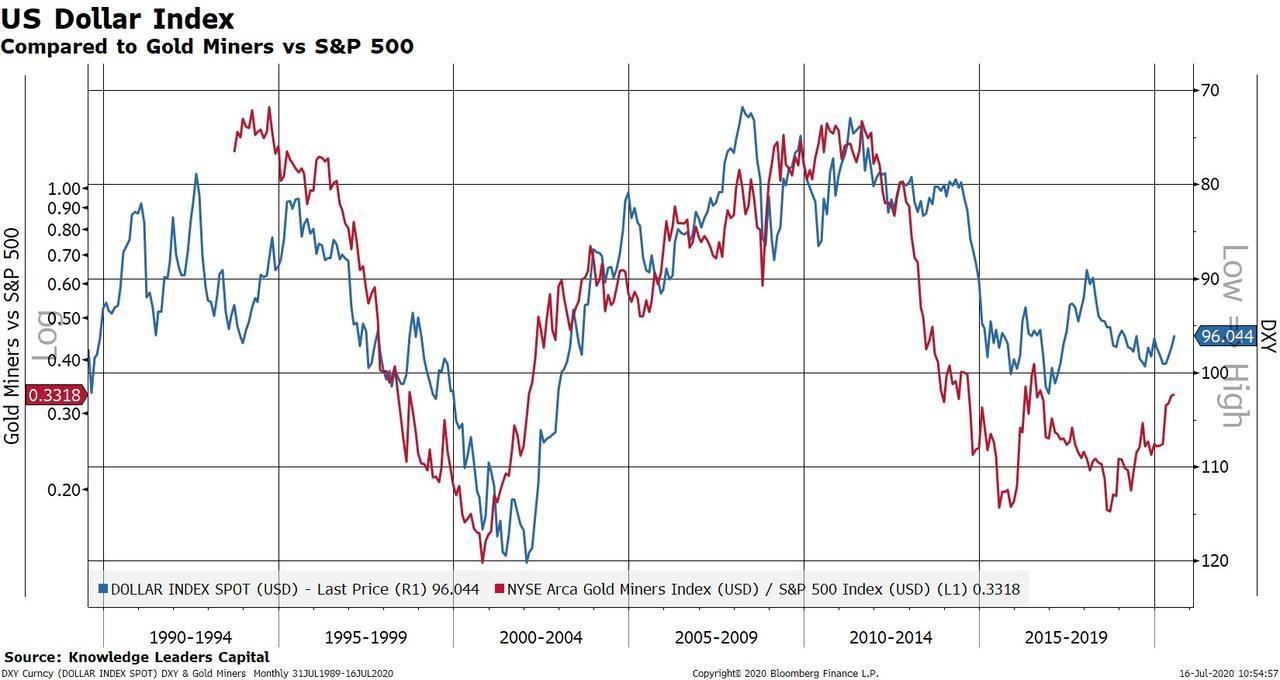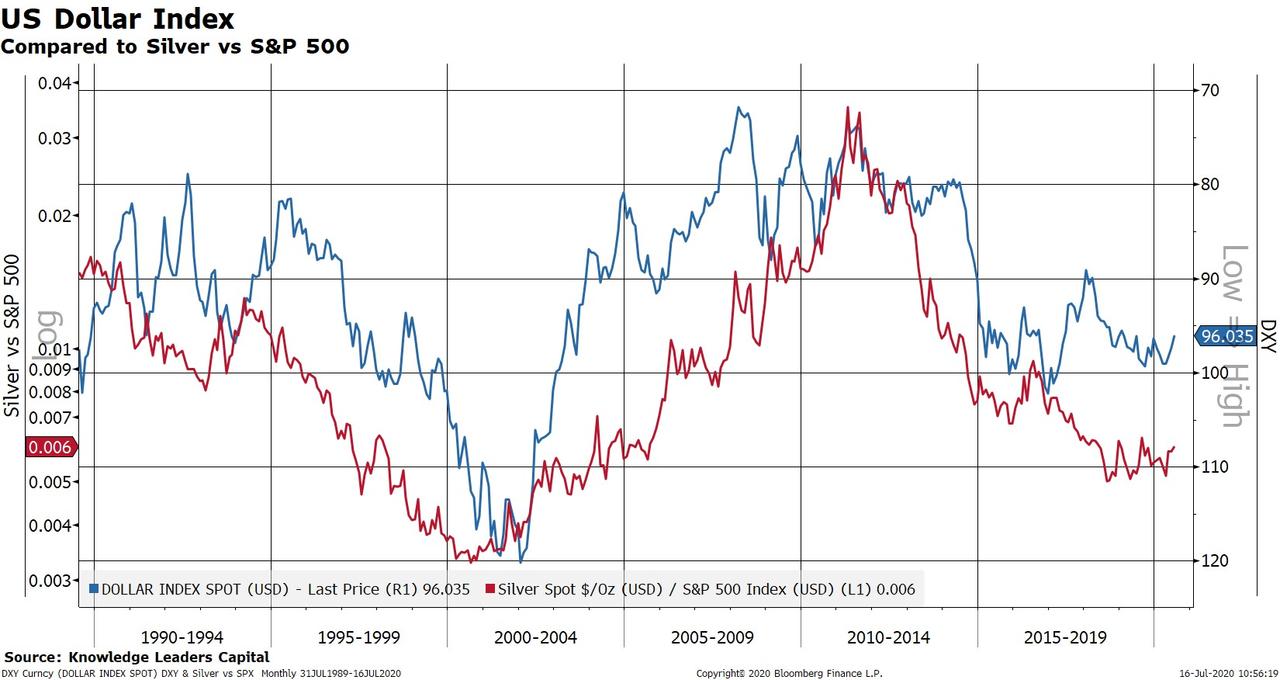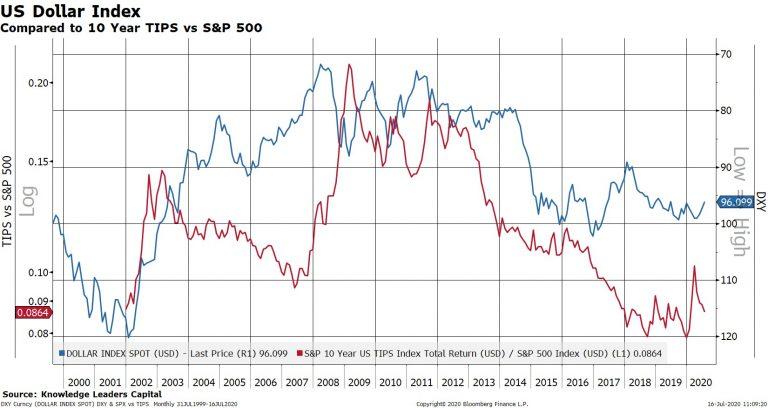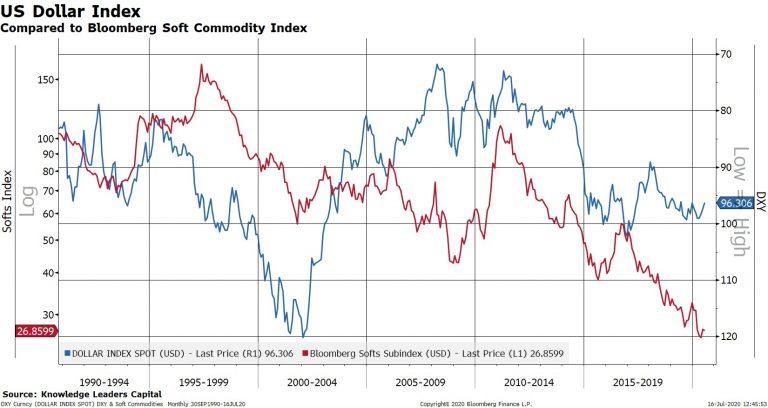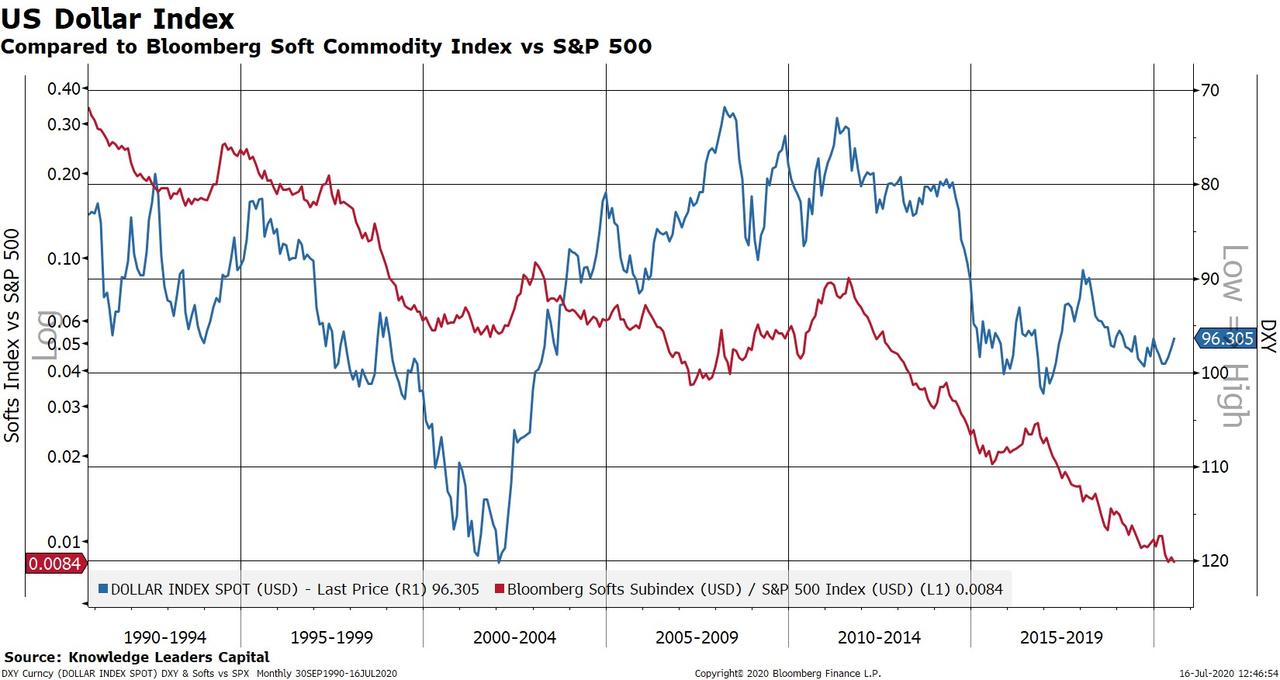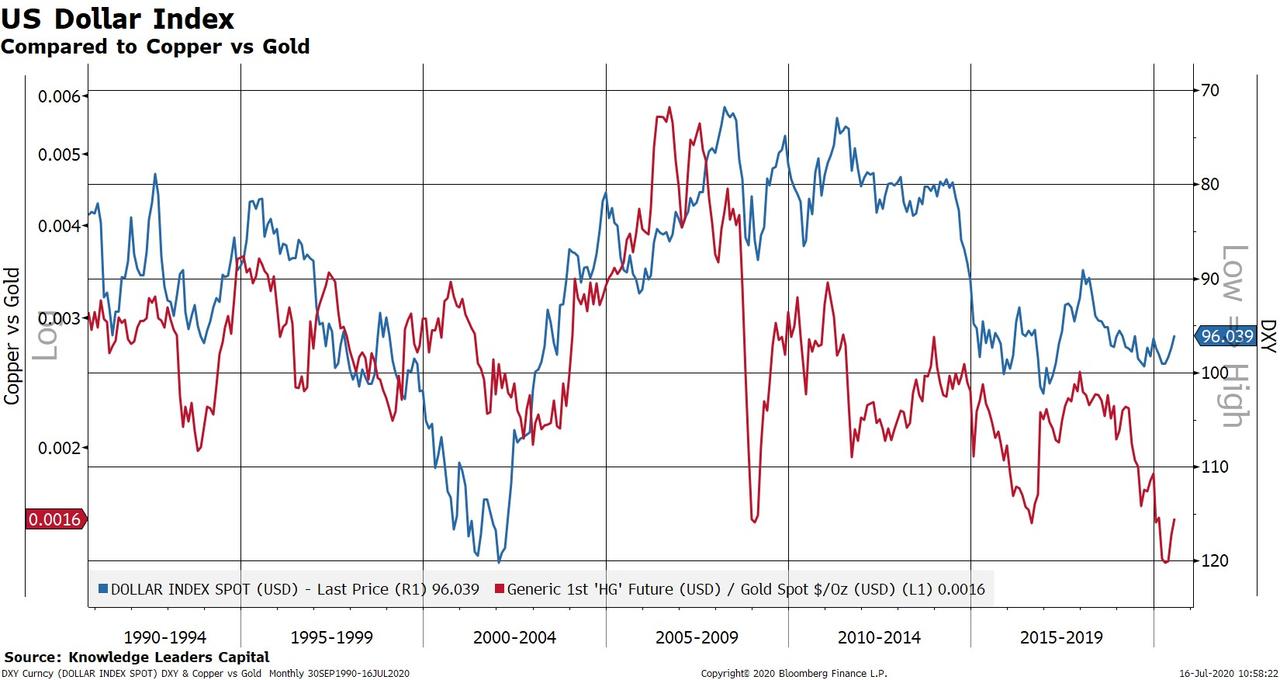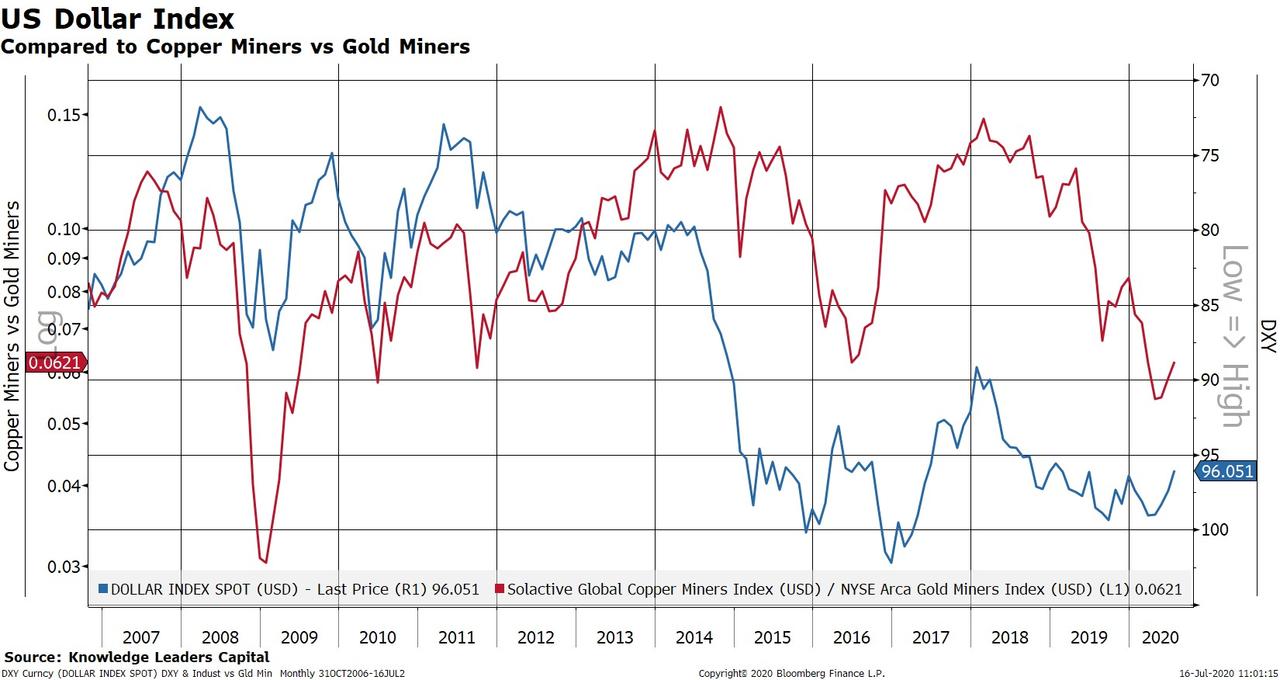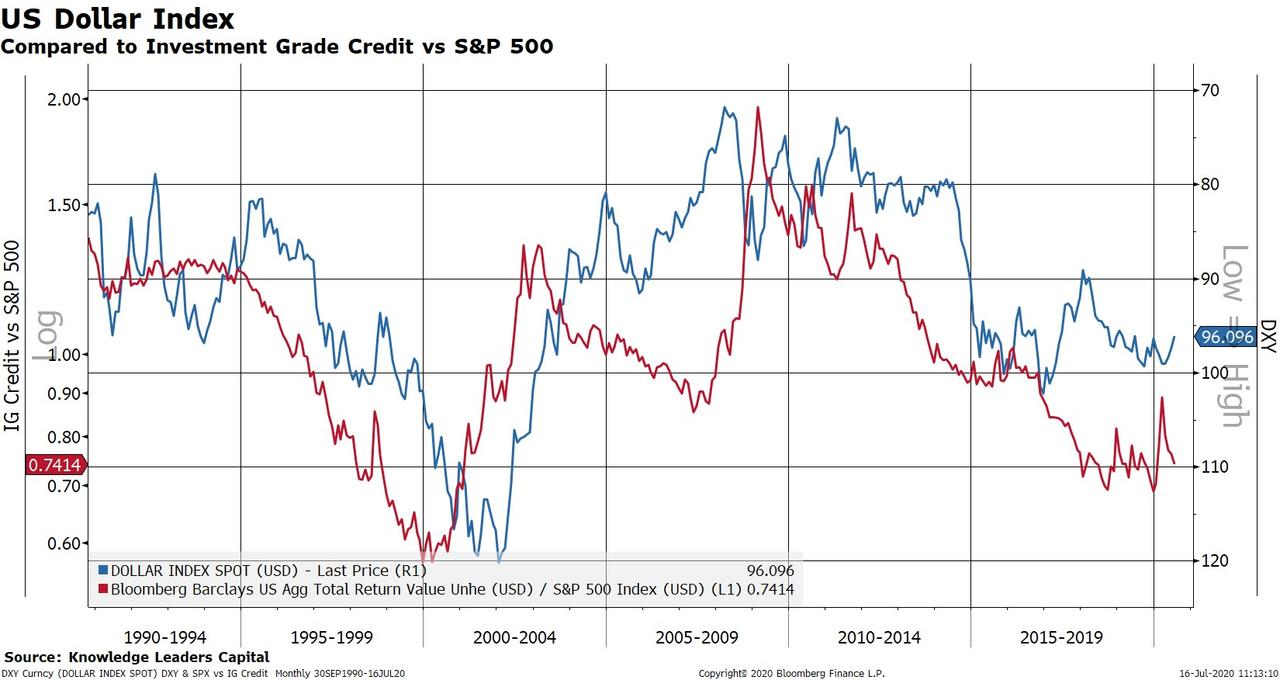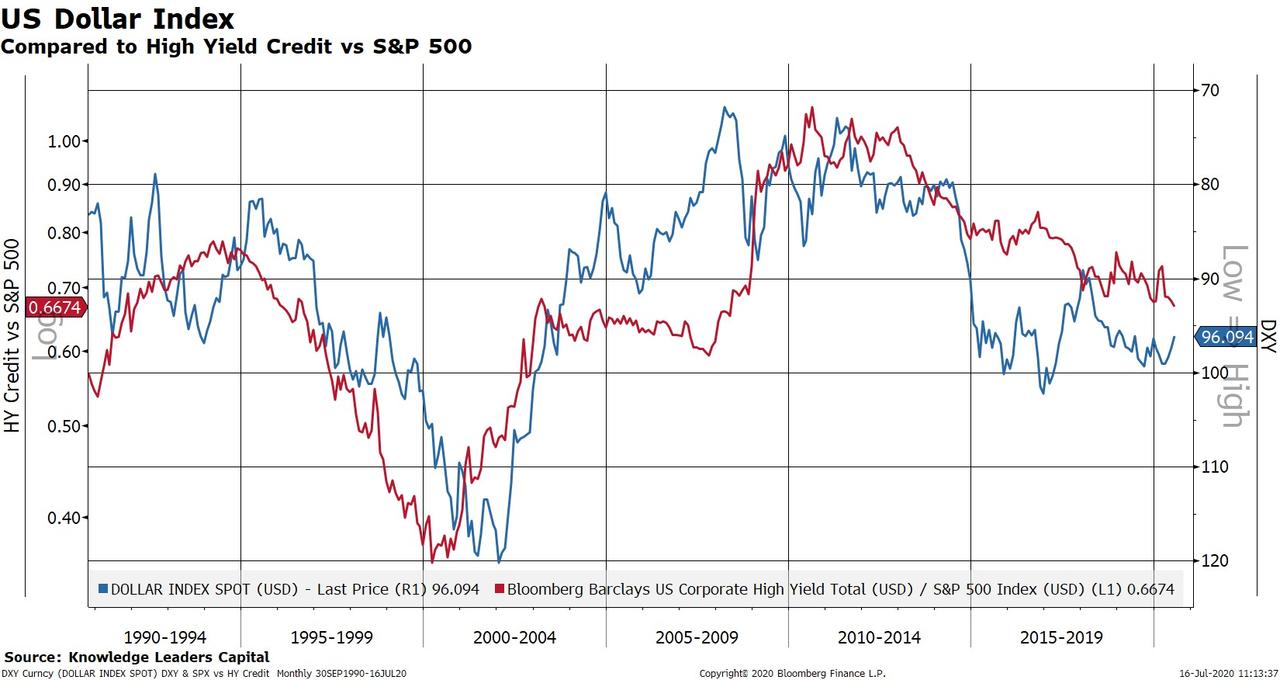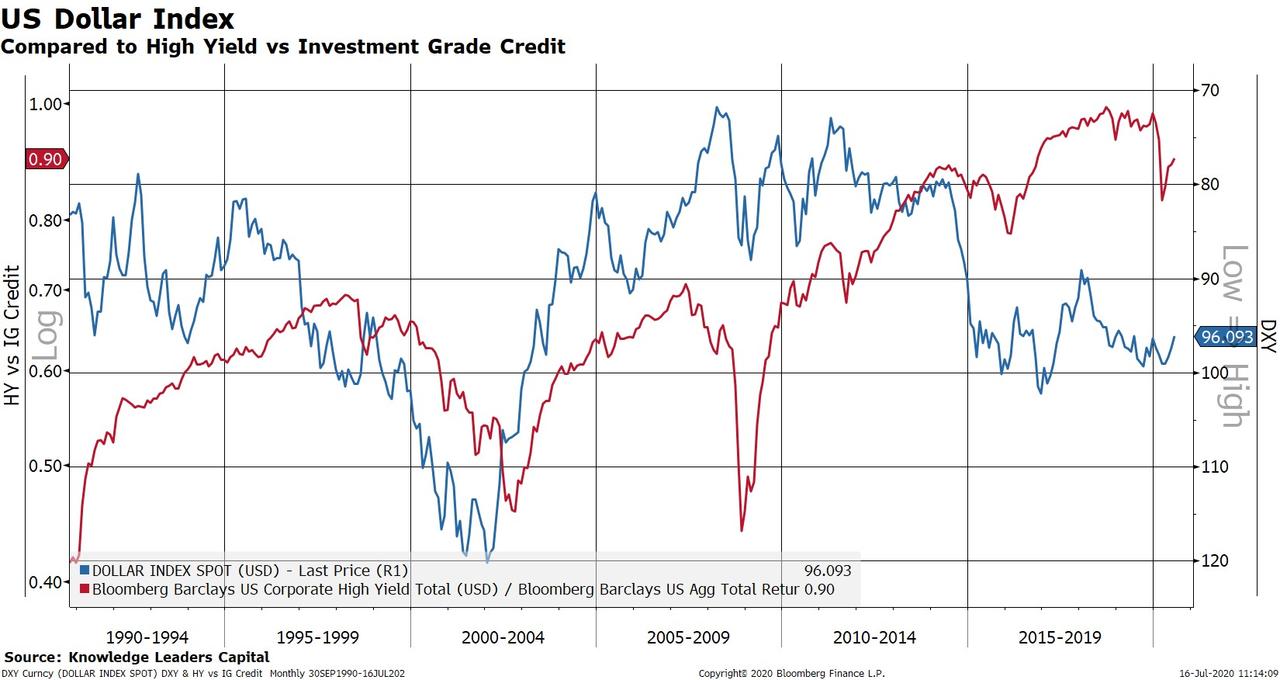The Sordid History Of Scam Science
Tyler Durden
Sun, 07/19/2020 – 18:30
Authored by Roibert Wright via The American Institute for Economic Research,
I went with scam science in the title partly because of the alliteration but mostly because Steve Milloy already claimed junk science. His Junk Science Judo (and website), Julian Simon’s Hoodwinking the Nation, Matt Ridley’s The Rational Optimist, and Thomas Sowell’s Intellectuals and Society are must reads if you are struggling, as I continue to do, with the world’s wacky reaction to the not-so-novel coronavirus that causes COVID-19. For those with insufficient time or inclination to read a thousand pages, I offer my synthesis here.
Don’t get me wrong, COVID-19 is a very, very serious disease for the aged and those with comorbidities. But it was never serious enough to merit locking down much of the world’s economy for months on end. Even an outbreak of smallpox or the Black Death would not have merited that blunt, top-down, one-size-fits all response. (Incidentally, while smallpox has been eradicated from the wild, cases of the bubonic plague still plague the western United States. No joke! This map is from the CDC, so it “has to be” correct.)
The socioeconomic and health effects of the lockdown are far-reaching temporally, geographically, and environmentally and will take years to sort out carefully. For example, while some cheer that fewer critters have been killed by vehicles because of the lockdown, few policymakers realize that right now in Africa a wildebeest or gazelle is being torn to shreds by a pack of ravenous dogs (Canis familiaris) that their owners can no longer afford to feed. (Fewer still realize that animals not hit by cars are likely soon to be mauled by a natural predator or killed by disease/starvation anyway. Not many expire from old age.)
What was also not-so-novel about the COVID crisis was its origin in scam or junk science. John Ionnnidis, one of the leading critics of weak scientific work, jumped right in to alert people and policymakers about the many problems with various predictive models but he was largely ignored despite being one of the most highly-cited scientists alive. That is actually not unusual. Even before the publication of Rachel Carson’s Silent Spring in 1962, Americans have been inundated with alarmist “scientific” claims that have not held up to close scrutiny. The problem is, they always hear about false claims but almost never hear about the retractions and whispered mea culpas (Latin for “my bad”). The net effect is undue pessimism about the state of the world.
Most scientific scares are rooted in the extrapolation of current trends to the point of disaster or desolation with no thought given to the possibility of cyclicality, natural limits, or behavioral changes. Ridley jokes about the nineteenth century prediction that by 1950 the streets of London would be ten feet deep in horse manure. Unfortunately, real scam science is no laughing matter. Here is a partial list:
Love Canal and Other “Cancer Clusters:”
Love Canal refers to a housing development built near an improperly capped toxic waste disposal site in Niagara Falls, New York, where the media reported a cluster of cancer cases. It turns out, though, that cancer clusters are random events simply more salient than places where, again by sheer luck, cancer is rare. Most cancers, it seems, are not caused by man-made chemicals. Many more carcinogens lurk naturally in foods like cabbage and coffee than in pesticides.
Dioxin, the main chemical culprit at the Love Canal site, was claimed to be so toxic that 3 ounces of the stuff would kill one million people. When 3 pounds of it was accidentally spread over a 700-acre town near Milan, Italy in 1976, though, the worst that came of it were cases of acne, even in the resident who had the highest level of the substance ever found in a human body. A 1983 study also showed that a control group had higher levels of chromosomal damage than Love Canal residents! Nevertheless, environmentalists tried to prevent people fully aware of Love Canal’s history from moving back in.
Radon Panic:
Radon sounds scary because it is a radioactive gas. It comes from uranium deposits and its “daughters,” the isotopes produced by its decay, like polonium, pose a real risk to uranium miners. The risk to homeowners, though, was never clear, so the media easily hyped it in the 1980s into a full blown scare labeled “The Colorless Odorless Killer” by Time. Like SARS-COV-2, radon wasn’t really novel but the ability to detect it in the small quantities found in most homes was. The so-called precautionary principle kicked in and the next thing you know the EPA mandated testing and set a limit of just 4 picocuries per liter of air even though miners exposed to 12,000 picocuries showed no adverse health effects, forcing homeowners to spend billions on radon mitigation technologies. (If you think that spending helps the economy, read this.)
Peak Oil:
Remember when the earth was proclaimed to be just a few years away from maximum oil production and a rapid rise in oil prices followed by a production collapse due to an absolute dearth of the stuff? It didn’t happen and does not appear likely to anytime soon. Production recently declined along with prices but due to a demand shock, the covidic global economy, not vanishing reserves. The world will stop using petroleum when its price rises above the price of substitutes, just like it stopped using whale oil when its price went above that of petroleum. Likewise, the Stone Age did not end for lack of stone.
Superstorm Hell:
Global warming was supposed to cause a spate of tropical superstorms that would wipe out coastal areas time and again. Some big storms have hit and were hyped to the sky but there is no indication that they are any larger or more frequent than in the past.
Air Pollution Armageddon:
For all the talk of Greens, one would think that air quality is steadily degrading. In fact, carbon monoxide, nitrogen oxide, sulphur dioxide, and various volatile organic compound emissions have been steadily decreasing for decades. Remember smog? Not many do, even in Los Angeles, the city with the worst air quality in America. But even in the City of Angels nobody dons gas masks anymore, except to slow the spread of novel coronavirus of course.
Turns out that “acid” rain, which sent me scurrying inside as a yute in the 1970s and 80s, was just slightly more acidic than regular rain. Although some predicted that acid rain would destroy all the forests in Germany by 2002, acidic rain did little to no net environmental damage then and has since become as rarified as smog.
And what happened to the “hole” in the ozone layer that Neil Young ranted about in his 1989 song “Rockin’ in the Free World?” and that Newsweek likened to “AIDS in the sky?” It was always seasonal and limited to the earth’s three “poles” (North, South, and Himalayas) and now scientists say it is “closing,” showing that environmental “damage” need not be permanent. The ban on the main human-produced causal agent of ozone depletion, chlorofluorocarbons (CFCs), was relatively easily achieved because cheap substitutes were available. To this day, however, scientists have not shown that the “hole” was primarily man-made or that it caused any ill effects on humans or any ecological systems. And because CFC substitutes are less energy efficient, they may contribute to global warming.
And that is just “hard” sciences like chemistry and physics. When we move into the biological and social sciences and nutrition, we encounter failed prognostications like:
Overpopulation:
In middle income and rich nations, people are having fewer children, not more. Food production has outstripped demand, leading to lower food prices and more obesity, not starvation, in richer countries. Even in poor countries, famines are now rare and caused by governments, not absolute dearth. Even the fake New York Times now says that the human population will peak earlier than expected, in 2067 at fewer than 10 billion.
Ecological destruction:
Ecosystems were supposed to collapse, leading to mass extinction. Instead, where property-rights have supplanted open commons, as with catch shares, natural resources like fisheries have stabilized and even rebounded. Many places in the United States sport too many deer, turkey, and wild hogs. The beepocalypse had no sting. Imagine that.
Paving Paradise:
In the 1980s, the government claimed that suburban sprawl was going to swallow up most of America’s farmland, which was losing all its topsoil anyway, leaving Americans dependent on foreign nations for bread. Turns out that the USDA grossly overestimated lost acreage and soil erosion and, miracle of miracles, conversion slowed and then reversed when farm prices increased. Despite those revelations, the media continued to harp on the “farmland crisis” for years. Much like a covidic cat, it “seemed to have nine lives,” Simon said.
Death by Eggs:
About the same time, the media made eggs seem akin to a tasty poison, like alcohol. It is okay to have one or two every now and again but if you developed an egg habit, you were a goner. Then eggs became okay as scientists began to differentiate between “good” and “bad” cholesterol. Now many consider eggs a “super food.” Would I be less fat today if I had eaten eggs as a kid instead of “healthy” food like Sugar Coated Gluten Flakes? We’ll never know.
Death by Apples:
I also avoided death foods like apples “tainted” with Alar, an allegedly poisonous chemical applied to apples to slow their ripening. Until, that is, the manufacturer withdrew it under regulatory pressure after a slick media blitz coordinated by an environmental activist group in 1989. Turns out, though, that Alar was way less dangerous than the high fructose corn syrup I consumed instead of my daily apple juice. To induce cancer in lab rats, scientists had to have them ingest the human equivalent of 19,000 quarts of apple juice … per day, every day, throughout their lives! Who knew? Arguably scientists and the media gatekeepers should have, but money and kudos flow fastest to alarmists with no stake in the underlying reality.
Off-the-Charts Income Inequality:
The mere framing of this concept belies its real purpose, to redistribute “income.” If framed correctly, as productivity inequality, the “problem” disappears or begs the question why a few people are so much more productive than most others and why some produce nothing at all. Hint: it is natural heterogeneity plus stochastic processes layered onto inequality-enhancing government regulations, like minimum wages, interest rate caps, and rent controls. In fact, rich countries have far less income and wealth inequality than poor ones and inequality cycles up and down rather than making a beeline towards either extreme. Most disturbing of all, it appears that some researchers are willing to distort statistics to match their doomsday scenarios. Thankfully, they have been called out repeatedly but not before their “story” had become a “stylized fact” widely accepted by the media and Twitter rage monkeys.
Why do scam science and flawed studies so consistently prevail?
For starters, the world is a complex place where parsing cause-and-effect is a tricky thing, especially where living creatures are involved. Existence does not easily yield its secrets.
Nevertheless, incentives all list toward preliminary studies with big, scary findings because that makes them novel and important and hence newsworthy. Even cub reporters know not to pitch their editors on stories with headlines like “Careful Scientific Study Replicates Previous Work Showing Small, Nuanced Causal Connection.” “Everything Will Be Just Fine If No Action Is Taken” is also a loser because it won’t sell papers or attract pageviews. Retractions of previous errors are also boring so they end up buried when published at all, leaving the impression that the alarmist hot take was correct even when it was clearly not.
“Bad Things May Happen in the Future, Unless”-type stories, by contrast, are commercial winners. If adroitly done they do not even elicit backlash, allowing their perpetuation. First, note the weasel word “may.” Next, the amount of possible destruction and the distance of the prediction in time usually vary directly. Finally, the unless provides yet more wiggle room and a segue into policy proposals. When the world doesn’t end in a decade, everyone has forgotten about the article, the reporter is long gone, s/he wrote “may” anyway so s/he wasn’t technically wrong, and besides, one of the policy proposals was kinda sorta implemented so if anything the story “saved us” from Armageddon. Pulitzers and Peabodys all round!
In 1983, ABC News reported on the unemployment situation in five states “where unemployment is most severe” without mentioning that unemployment was actually down in the other 45 states. That sounds a lot like recent COVID-19 “case” reporting by the New York Times and Washington Post. But if you intimate that such news is misleading, if not entirely “fake,” you get immediately smeared as pro-Trump.
In fact, there is a lot of misleading to fake scholarship because even scholars who took clear stances and were proven wrong beyond the shadow of a doubt — on crucial matters of policy — somehow manage to keep their reputations intact. Nobody is perfect, of course, but why do people who are routinely wrong remain relevant, and even revered? Neil Ferguson, the physics-trained mastermind behind nine of the last one pandemic, is simply one of numerous examples that include:
Rachel Carson:
As Roger Meiners, Pierre Desrochers, and Andrew Morriss showed in their 2012 edited volume Silent Spring at 50: The False Crises of Rachel Carson (Washington, DC: CATO), any of Carson’s remaining mystique is sheer mysticism. Except for lung cancer, cancer deaths are down and were even trending that way when Carson, a marine biologist, scared the bejesus out of almost everyone about the dangers of DDT, a pesticide that extended half a billion human lives by killing disease-carrying mosquitoes. She accurately claimed that cancer was the leading cause of death among American children but failed to mention that was because other childhood diseases, especially the communicable ones, had been conquered. Ironically, she died of cancer, a viral infection, and a heart attack, but her fame lives on.
Paul Ehrlich:
In 1968, predicted the explosion of a Population Bomb that would kill most of humanity through disease, starvation, and war before 2000. That didn’t even happen in Africa much less globally. He claimed that life expectancy in America would drop to 42 years by 1980, a surprisingly exact prediction considering how far off the mark it was. This famous entomologist (insect scientist) also bet Simon that the prices of metals would increase and, infamously, lost. Yet Ehrlich remains an environmental guru.
Paul Krugman:
Has been wrong about almost everything since he won the Nobel in 2008 for his work on international economic trade theory and concentrated his efforts on the newspaper columnist career he began in 2000. His biggest errors are in labor economics, including the effects of minimum wage policies. See Contra Krugman by Robert Murphy for details.
When their views are directly challenged, such erudite individuals usually a) ignore the challenge and hope it goes away; b) belittle the challenger’s qualifications; c) label the challenge “simplistic” even though simpler explanations are generally preferred (“Occam’s Razor) and, as Sowell says, “evasions of the obvious can become very complex;” d) inaccurately ascribe to the challenge claims that are easily refuted; or, increasingly, e) insinuate that the challenger is a bigot or that her thought emanates from a presumably racist or sexist or fascist school of thought. In other words, they deflect instead of trying to defend the indefensible. That is perfectly natural as evidenced by the fact that small children also engage in such deflections, albeit more “simplistically.”
What does this all mean? We have to return to teaching people how to research and think for themselves and not just mindlessly jump on #bandwagons while falling for gross rhetorical tricks. Light rail, it turns out, is just a new term for trolleys. Call low-lying areas where stagnant water accumulates swamps or call them wetlands, they are still just sloughs where mosquitoes breed. Not everything labeled racist actually is; some claims considered “woke” are deeply racist. Calling a piece of legislation the Affordable Care Act does not mean that it will result in more affordable healthcare. Shelter-in-place orders may just be a soft form of martial law that leads to bankruptcy, default, and unemployment, not safety. Most importantly, science might sometimes scam rather than save.
via ZeroHedge News https://ift.tt/3fJon0L Tyler Durden
